Non-Violence:
Fools mock at non-violence, wise men admire it, while great men practise it. “Non-violence”, said, Mahatma Gandhi, “is the weapon of the strong”. Under Gandhiji’s leadership, India won her freedom through the unique weapon of non-violence. Non-violence is the force of love. Believe it or not, love is a weapon stronger than the atom bomb.
Non-violence is an old doctrine. In the East as well as West non-violence as an article of faith, or philosophy of life, has been practised from time immemorial. The middle ages, for whatever reason, have been unusually violent. The last, two centuries, namely, 18th and 19th, have been periods of aggressive wars and unashamed imperialism. In the din and bustle of selfish wranglings, a man had nearly forgotten himself; he had come very dangerously near believing in the superiority of material and dark forces. Suddenly, as if it were the will of God, a man arose out of the mist and darkness of confusion, braved his frail, puny figure against the demon of tyranny and physical pride. He fought over fifty years, battled and struggled, and finally proved the triumph of spirit over matter. That man was Mahatma Gandhi, who harked back mankind to the call of reason and courageous faith.
What is non-violence? Volumes may be written on it. Volumes have been written. The principle enshrined in the preachings of Zoroaster, Mahavir, Buddha, Jesus, Nanak, etc. has been re-stated by Mahatma Gandhi. It was in South Africa that the great seer experimented with the truth. It was he who had first revolted against the British racial pride and maltreatment of the Indians. He exposed himself to great risk of life, took upon himself, calmly and spiritedly, all indignities to awaken the conscience and good faith. Non-violence, therefore, according to him who is the greatest philosopher of non-violence is Ahimsa, that is, showing of good-will and love to an antagonist while protesting in spirit against his unjust, violent or immoral act. It was tested once again at Noakhali and finally in the prayer ground of Delhi where a mad man’s three bullets, at last, brought his mortal body low, but not the immortal spirit.
Many people do not seem to know the exact meaning of the word ‘non-violence’. They are confused.
It is true that the barest sense in which it is used is the showing of regard for others physical well-being or safety. Avoidance of physical force or avoidance of inflicting pain, torture or death on others is the first article of non-violence. The other aspect of it is of greater significance. That aspect implies an attitude of life in which a man is asked to be morally self-conscious and to be ready to undergo any trial or hardship for the sake of truth. Considered in this sense, non-violence is the creed of moral courage- the courage that rational man must bring to bear in his dealings with his kind, calm, stoic courage in which he must resist the evil of his adversary, without doing him physical violence. Obviously, non-violence is fundamentally based on the spirituality of man…..and deeply grounded in the belief that given a suitable opportunity, the conscience of man which is good and moral, is bound to prevail.
Is non-violence the creed of the strong? or is it a shrewd cover over the coward to avoid the risks of physical hardship? In his experiment with truth at Noakhali, when the fire and dust of communal hatred had clouded human judgement, Mahatma Gandhi braved his puny, frail figure through ranks of hostile, mad men to teach them that non-violence was not the religion of the coward but of the strong and the morally determined. Lest someone should make his faith for shrewd cowardice, he once went so far to say that it is any day better to go down fighting bravely against evil rather than tamely to submit to it under the cover of Ahimsa. When women’s honour and chastity were in danger at the hands of ruffians, the Mahatma’s formula of non-violence suddenly changed its front, and out it went from tame, passive self-surrendered to spirited and violent self-defence. Non-violence then, as understood by its greatest preacher of modern times, is not passive and cowardly self-surrender, but spirited and determined resistance to evil in utter good faith. Non-violence had its greatest apostle in Christ and Buddha. Buddha propagated a faith that gave to the world a great religion and a great emperor (Ashoka).
Christ died on the cross so that proud Pharisees might learn that in the spirit of men there is no distinction. “Could it be possible,” asks Dr Rajendra Prasad, “that nation knowing full well the destructive potentialities of the atom bomb, would still continue to spend billions on the manufacture of the bombs? The sages of our land for this reason emphatically declared that self-conquest is the supreme triumph of man. More than 2,000 years ago the great emperor Ashoka renounced all conquest except the Dharma Vijay. Mahatma Gandhi has been again giving this message to the people of India and the world. Dazzled by the glitter of modern civilization, deafened by the maddening noise of the modern machine, we miss the music of the moral law”.
Is non-violence synonymous with moral courage? Yes, It is equivalent to moral courage, plus something more. “This something more is what makes the creed of non-violence practical, creative and active. Gandhian non-violence is a Hebraic attitude of life. It seeks to leave the world a little better than what we found it. It seeks to interfere in the affairs of others, in the interests of truth and justice. It is no mere passive or stoic moral courage- but the active, driving force of a spirit to seek redress of moral grievances”.
“My non-violence,” says Mahatma Gandhi, “does not admit of running away from danger, and leaving near and dear ones unprotected. Between violence and cowardly flight, I can only prefer violence to cowardice. Non-violence is the summit of braver”. It is the brave man’s courage to defy without injuring the other, Or better still, as Dr B. C. Roy puts it, “A non-violent man gives patient hearing to his opponent, reasons with him respectfully, and if need be combats enemies by non-violent resistance. In dealing with men, particularly those of different cult or way of thinking, he does not injure them, but endures injury himself, serves them without fear of unnaturalness, and turns the non-violent non-cooperation technique to success”.
Rightly said Pandit Jawaharlal Nehru, Gandhiji’s greatest disciple, “This war and the events preceding it has impressed upon me more than ever the futility of violence”. In the hour of the gravest provocation when the Eastern Pakistan affairs were wearing out the last supports of India’s patience when the hisses of an impending war between the two states were fast mounting on to a dangerous climax, Pandit Nehru, on the eve of the Nehru-Liaquat Agreement, advised calm and sober reason on both sides and rightly summed up the basic philosophy of India’s non-violent creed, which, far from being one of cowardly compromise, was founded on moral courage and faith in truth and justice. He said, “If we now adopt a policy of war, we will not only go back on all for which we have stood during the past 30 years but would also lower our prestige. No sensible man can, therefore talk of dragging his country into war. But if in spite of us, it id forced on us, we will fight. That is why we maintain an army and an air force”.
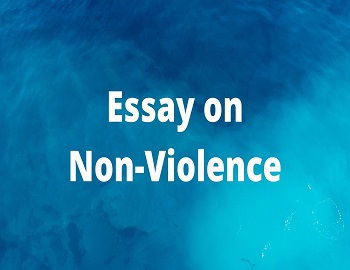
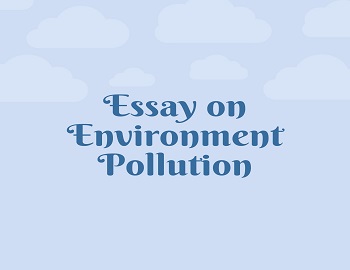

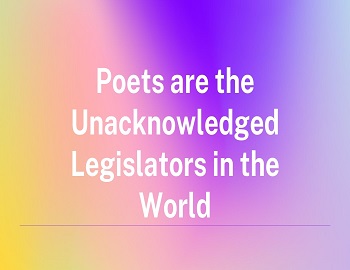
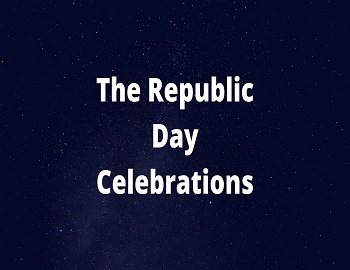
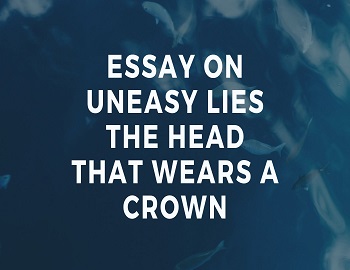


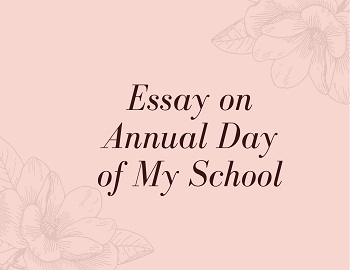
Comments (No)